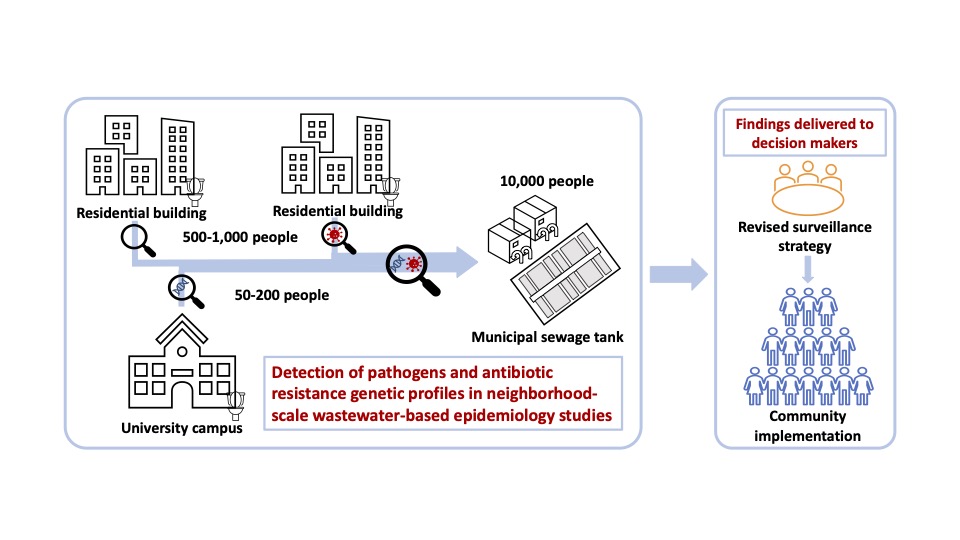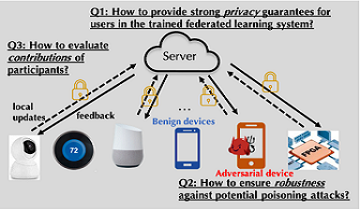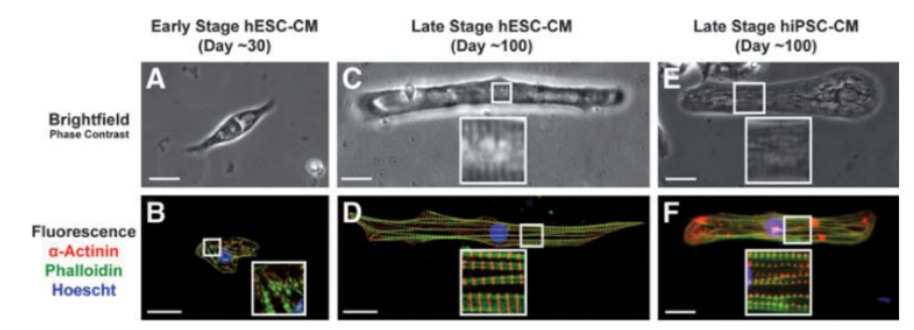
Wastewater Epidemiological Surveillance in Vietnam
Principal Investigators & Key Members:
Helen Nguyen
| Minh Do
| Ahmed Elbanna
| Andrew Taylor-Robinson
| Maurizio Trevisan
| Nguyen Xuan Hung
| Le Cu Linh
| Huynh Dinh Chien
While the pandemic is global, transmission is local. Surveillance should be designed based on local context. Besides COVID-19, antimicrobial resistance (AMR) is a silent pandemic, and it only gets worse, as predicted by WHO. The identification of the sentinel sites and the frequency of sampling depends on the surveillance goals. Actionable public health goals in a crisis situation requires a different approach from those for endemic conditions.






